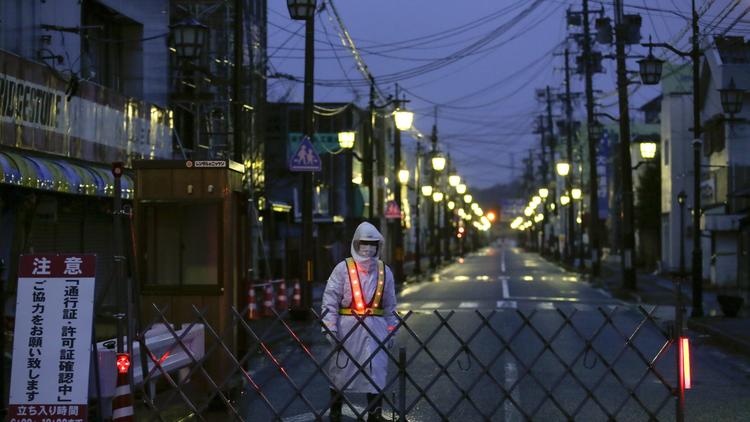Japan OKs more reactors for restart amid opposition
11/09/2016 / By fukushima

Japan’s nuclear regulator cleared another pair of reactors on the southernmost island of Kyushu for restart despite a growing chorus of opponents who object to any resumption of nuclear operations.
Article by Bloomberg News
The Nuclear Regulation Authority (NRA) approved a preliminary report on Wednesday that says Kyushu Electric Power Co.’s Genkai No. 3 and 4 reactors meet post-Fukushima safety rules, one of the biggest hurdles an operator must clear. A 30-day comment period must be held before any final approval.
Genkai’s approval is another small step for Prime Minister Shinzo Abe, who has backed a policy of restarting the nation’s reactors in order to lower electricity rates, shore up the economy and boost global competitiveness.
However, the looming threat of legal action and local opposition has put the fate of the entire restart process in doubt. Japan aims to have nuclear-power account for as much as 22 percent of its energy mix by 2030, compared with more than a quarter before Fukushima and a little more than 1 percent now.
“This news will provide a boost for Japan’s nuclear industry, but progress to restart reactors still lags behind the initial hopes of incumbent utilities,” James Taverner, an energy analyst at IHS Markit Ltd., said by e-mail. “Japan’s policy-makers and regulators continue to have a challenge to carefully balance industry needs and public safety concerns.”
Last year Kyushu Electric restarted the No. 1 and 2 reactors at its Sendai station, becoming the first utility to bring a reactor back online since new safety rules were brought in following the Fukushima disaster.
Almost 51 percent of the citizens of Saga prefecture, where the Genkai plant is located, oppose its restart, while 39.3 percent approve, according to a regional newspaper poll conducted between September 30 and October 2.
The same poll last year showed that 45.3 percent of respondents were against the restart, while 46.8 percent approved.
Restarting both units would boost net income by ¥12 billion ($117 million) a month, Naoko Iguchi, Tokyo-based spokesman for the utility, said by phone. The Sendai No. 1 and 2 reactors provided a ¥33 billion boost to net income for the six months ended on September 30, Masakatsu Tanaka, an official in Kyushu Electric’s Tokyo office, said last month.
Local approval needed
The Genkai reactors, with a combined capacity of 2.36 gigawatts, are expected to restart in the fiscal year ending March 2018, the Nikkei reported last month, citing President Michiaki Uriu. The company would consider lowering power rates once four units are online, Tokyo-based Kenji Kawabata, the company’s deputy regional director, said last year.
Almost all the country’s reactors remain shut because of the new safety regulations and public opposition following the 2011 Fukushima disaster. Only two of Japan’s 42 operable reactors are producing power commercially as of October 6, when Kyushu Electric shut its Sendai No. 1 unit for maintenance.
Sendai’s return to service may be delayed due to the recent election of a new governor in Kagoshima who strongly opposes its operation. Local government approval—including endorsement from the governor—is traditionally sought by Japanese utilities before returning plants to service.
Tokyo Electric Power Co. Holdings Inc. fell the most in almost four months on October 17 after Ryuichi Yoneyama was elected governor of Niigata the previous day. Yoneyama opposes Tokyo Electric’s plan to restart its Kashiwazaki-Kariwa nuclear facility in his prefecture.
Read more at: businessmirror.com.ph
Submit a correction >>
Tagged Under:
Japan, nuclear energy
This article may contain statements that reflect the opinion of the author
RECENT NEWS & ARTICLES
COPYRIGHT © 2017 FUKUSHIMAWATCH.COM
All content posted on this site is protected under Free Speech. FukushimaWatch.com is not responsible for content written by contributing authors. The information on this site is provided for educational and entertainment purposes only. It is not intended as a substitute for professional advice of any kind. FukushimaWatch.com assumes no responsibility for the use or misuse of this material. All trademarks, registered trademarks and service marks mentioned on this site are the property of their respective owners.




















